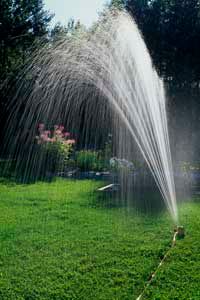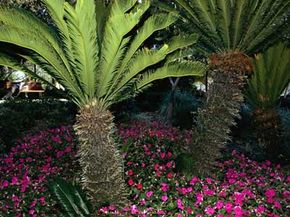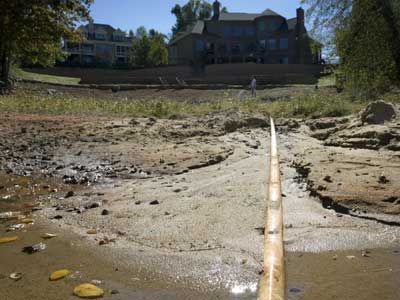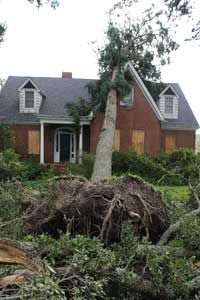Do you drink the recommended eight glasses of water per day to keep your body and skin healthy? If so, that's only 0.5 percent of the 100 gallons (378 liters) -- or 1,600 glasses -- of water the average American drains every day [source: EPA]. In developing countries, potable water is a scarce resource, available to less than a third of the population [source: UNICEF]. On top of that, humans can utilize only 1 percent of the Earth's water, and global water usage has tripled in the past 50 years [source: EPA].
Widespread drought conditions in the United States, as well as heightened eco-consciousness, have spurred federal, state and municipal governments to tighten the reigns on people's water consumption. At least 36 states anticipate water shortages by 2013 [source: EPA]. In response, governmental and environmental organizations have raised awareness about how we waste water and ways to conserve. For instance, things you do indoors, such as running dishwashers or washing machines without full loads or taking long showers can squander gallons. But if you want to reduce your water expenditures significantly, take a walk outside as well.
Advertisement
In drier climates, up to 50 percent of household water use comes from landscaping [source: Walsh]. Americans drench their lawns with an estimated 7 billion gallons (26.4 billion liters) of water every year [source: EPA]. Maintaining a green lawn or perky flower beds may beautify your yard, but few people do it efficiently. You turn on a sprinkler system for a couple of hours without noticing that it waters your asphalt driveway half the time. Or maybe you hose down your garden in the hottest part of the day. Correcting these eco-sins can chop your household water consumption by as much as 60 percent -- not to mention how much you'll save on your water bill.
If that isn't enough to entice you to change your water-wasting ways, consider this. Your lawn and gardens don't have to suffer from conservation. In fact, you can grow healthier, more vibrant plants with less water. People actually tend to overwater their plants during the growing season, which can cause more damage than extreme drought. Water-friendly gardening may require sacrificing some lawn space, but you'll reap extra time and money in the process.
Advertisement




